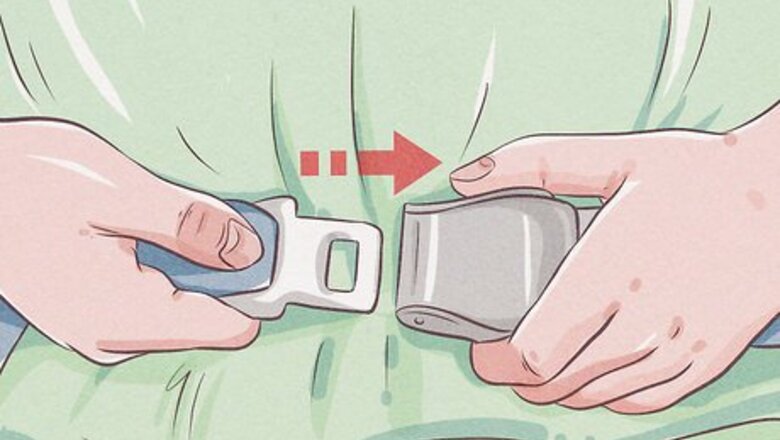
views
Please refer to the safety information card located in your seat pocket and/or the safety demonstration for safety information related to the particular aircraft you are on board.
Fastening Your Seat Belt
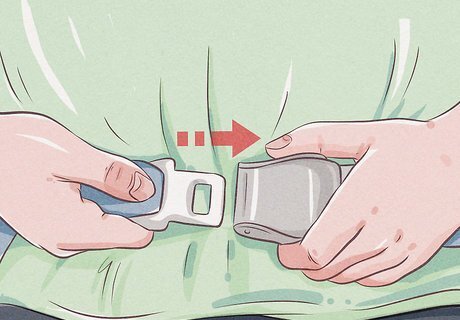
Learn how to fasten your seat belt. Insert the metal tip into the buckle until it clicks, then pull on the strap to tighten. To unfasten, lift on the flap of the buckle. Be aware that if you're flying first or premium class cabins, seatbelts may be 3 points instead of the usual lap belt.

Fasten your seat belt whenever the "Fasten seat belt" sign is lit. During this period, it is dangerous to get out of your seat because of rough air or gravity. If you are in an airplane lavatory, wash your hands and move back to your seat.

Fasten your seat belt whenever you are seated. In the event of unexpected turbulence, you will not be thrown up into the overhead compartment.

Fasten your seat belt during an emergency. This means that there is any reason that the plane needs to be grounded, including a loss of cabin pressure, a plane engine failure, the loss of adequate fuel, plane malfunction, etc.
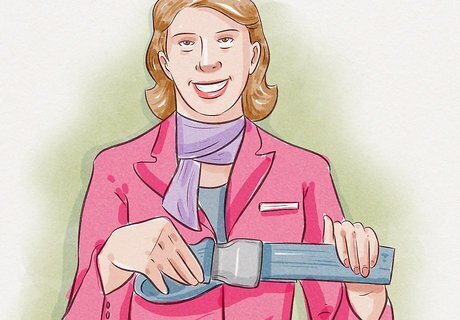
Fasten your seat belt whenever instructed to do so. This is not an exhaustive list of when you should fasten your seatbelt, but if a flight attendant or the captain determines that seatbelts need to be fastened, they will instruct you to put it on.
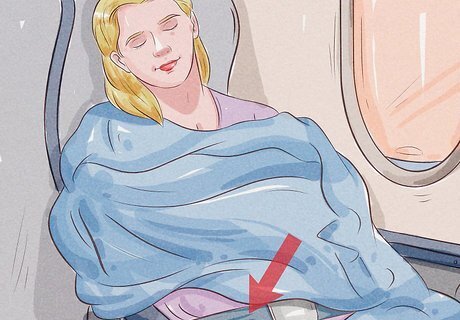
Fasten your seat belt over blankets. During long flights, it may feel good to take a long nap onboard, but in order to not be disturbed by a flight attendant, make sure that your seat belt is visible when you are sleeping.
Following Rules Regarding Portable Electronic Devices (PEDs)
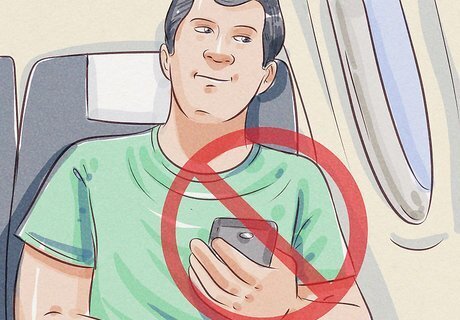
Turn off your PEDs or place your PEDs in airplane/flight or non-transmitting mode during taxi, takeoff, and landing. During these periods, communication with Air Traffic Control is essential for a safe takeoff and landing. Using such PEDs may cause interference with aircraft equipment, putting other passengers and yourself in danger.
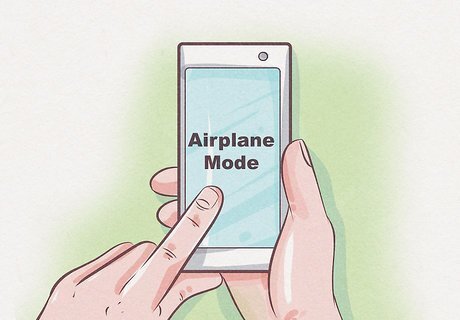
Place your PEDs in airplane mode throughout the flight. Transmitting devices can be dangerous whenever the plane is airborne. Most air carriers and the FCC require that PEDs are placed in airplane mode whenever the boarding door is closed. This ensures that no electronic devices are transmitting during the flight at any time.
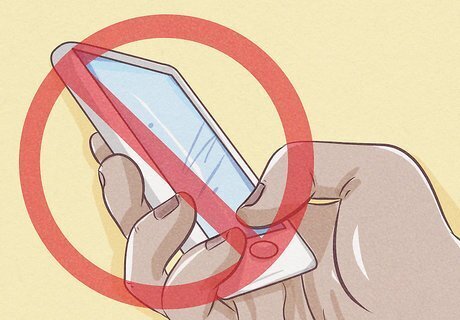
Accept that certain PEDs cannot be used during the flight. Depending on the device, you may have to power down the device fully for part or all of the flight. Phones and tablets may be used in airplane mode during the flight at any time as long as they are secure. If the device transmits and does not have an airplane mode, then it may not be used. Laptops and large tablets need to be stowed away under the seat in front of you (or underneath your seat) during taxi, takeoff, and landing. Radio equipment, including remote control toys, FM/AM radio, and walkie-talkies, may not be used at any time during the flight, as well as any transmitting device that does not have an airplane mode.
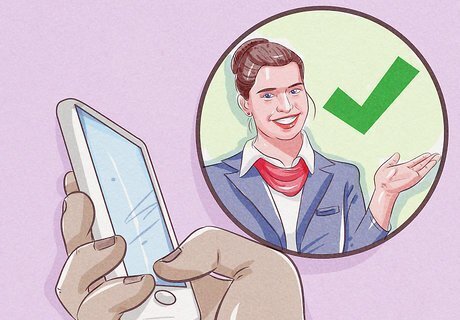
Understand when you can use PEDs. PEDs may be used whenever the flight attendant or captain informs you (in addition to the above), and need to be shut off whenever the "Please turn off electronic devices" light is lit.
Dealing with Emergencies
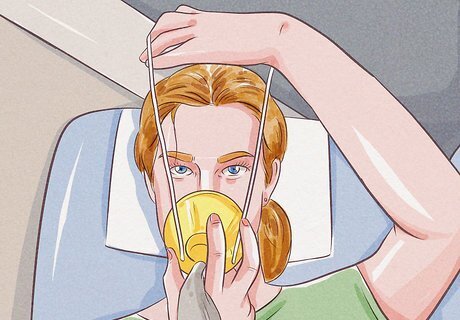
Be ready to use your oxygen mask should there be a loss of air. Oxygen masks will drop down from the panel above you. Fasten your seatbelt, and pull the mask towards you to start the flow of oxygen. Slip the elastic band over your head, and tighten using the straps on either side of the mask. Do not worry if the plastic bag does not inflate, just breathe normally. Remember to put your mask on first, before assisting anyone else with theirs.
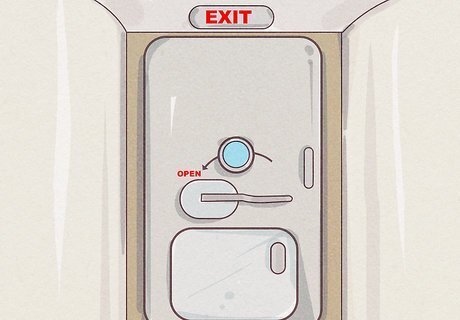
Locate your nearest emergency exit. They are usually marked with the words "Exit" or the equivalent in another language. Lights and strips throughout the cabin will also help guide you to them in a power loss or the presence of smoke or fog. Check your surroundings as the nearest exit may be behind you.

Understand that if you are seated near an emergency exit, you may be directed to assist other passengers in an emergency evacuation. If you are unwilling or unable to assist other passengers in an emergency, then ask a flight attendant to reseat you.
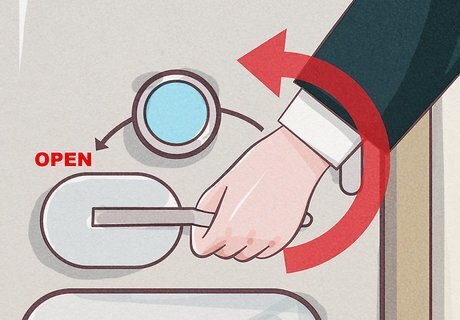
Know how to operate an emergency exit. These exits are heavy, and open by pulling a strap or a handle. Some emergency exits are equipped with an exit slide that may or may not be detachable, other emergency exits have stairs or require you to climb on the wing. Most exit slides double as life rafts in the event of a water landing.
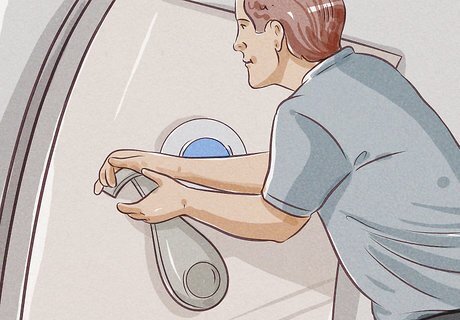
Know when it is safe to open an emergency exit. If you see smoke, fire, water, or anything that may endanger the passengers onboard, then find a different exit.
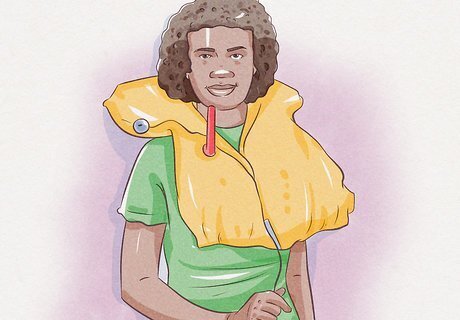
Learn how to put on a life vest. Life vests can be found under or near your seat depending on the seat type and the class your located in. Tear the pouch open, wrap the buckle or string around you, and tighten. Then, inflate the life vest by pulling on the tabs, or blowing into the tubes. All life vest have a white light that will activate upon contact with water. Some life vests are designed for young children and infants. Never inflate your life vest while you're inside the aircraft.
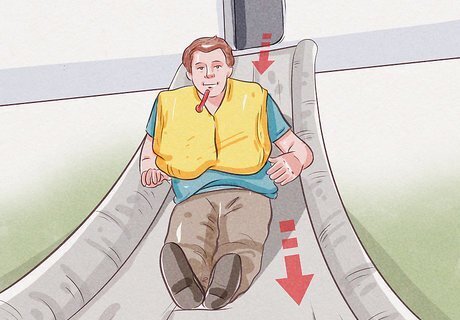
Know how to evacuate. Brace yourself for landing, unfasten your seat belt, proceed to the nearest emergency exit, and hop onto the evacuation slide or step down the stairs. If on water, then be sure to put on a life vest, or use the seat cushions for flotation. Remove sharp objects such as high heels, shoes, etc. Leave all items behind.
Understanding Other Important Safety Information
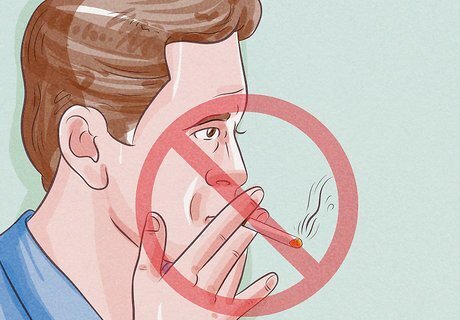
Do not smoke onboard the aircraft. This also includes E-Cigarettes There is the risk of fires caused by burning cigarettes, it is bad for you and others since the cabin is pressurized, and it is illegal. Tampering, disabling or destroying with lavatory smoke detectors onboard the aircraft is also forbidden, and can result in large fines and/or criminal prosecution along with the chance of having your name on the airline no fly list..
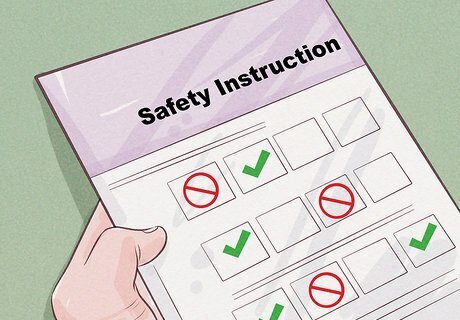
Follow all crew member instructions, posted placards, and lighted information signs. They exist for your own safety and as a reminder of what is legal and what is not legal onboard the aircraft. If you have questions about any of the guidelines, ask a staff member for clarification.
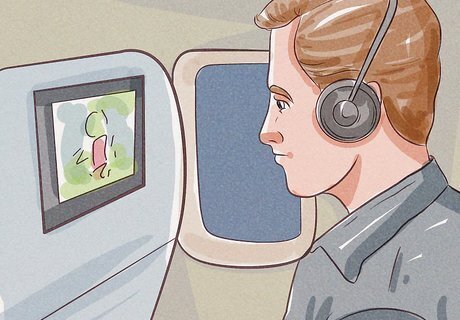
Do not discuss anything about hijacking, explosives, bombs, guns, knives, or other dangerous weapons onboard the airplane. Wear headphones if you are watching a movie or playing a game with such sound effects to avoid being mistaken for a hijacker or terrorist.

Be courteous to others. Airlines have no problems with removing people from aircraft who pose a nuisance to other passengers. Do not open nuts onboard the plane if someone has a nut allergy on board, and if a passenger asks you to stop what you are doing for whatever reason, stop.

Be hygienic. Airplanes are one place where infections can spread because space is closed. Do not change babies anywhere except on baby changing tables in the lavatories, and wash your hands after you are done using the lavatory. You should assume that others are not/were not hygienic before you, so take caution when eating foods off of tables, seats, seat pockets, and other places onboard aircraft. If you or someone you know is immunocompromised, you may want to consider wearing a well-fitting KN95 or surgical mask to protect yourself and the person you know from any viruses.

Prepare for takeoff. Place your electronic devices in airplane mode, or turn them off and stow them away, make sure that your tray tables are up, your seat backs are upright, your window blinds are open, your armrests are down, and your monitors are folded back while the flight attendants walk in.


















Comments
0 comment